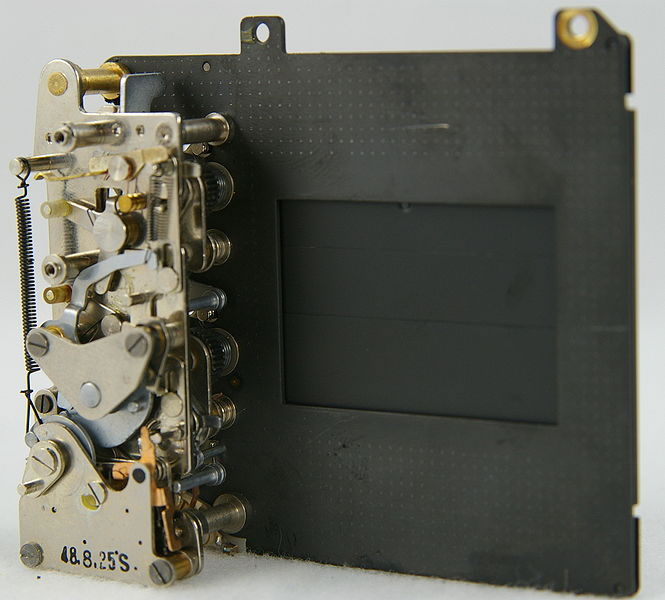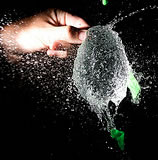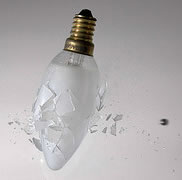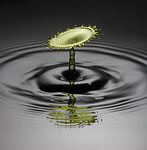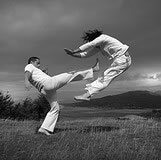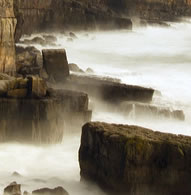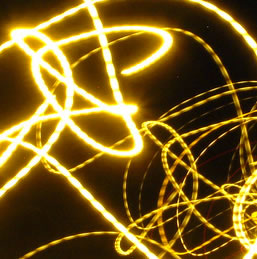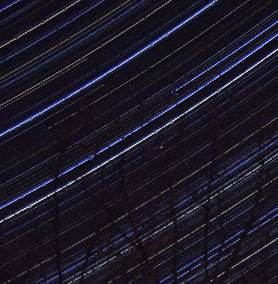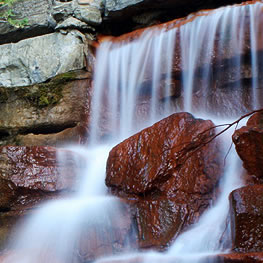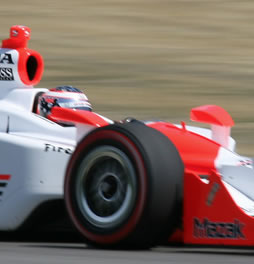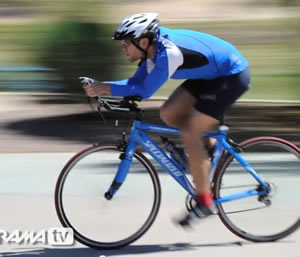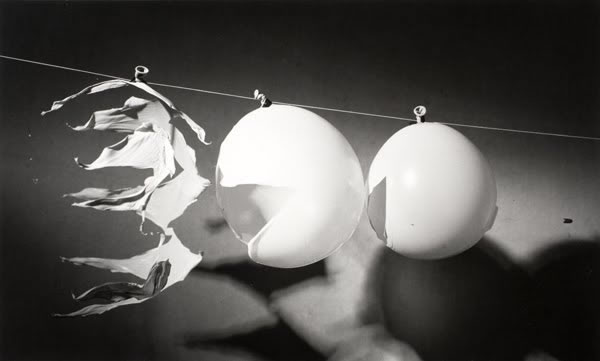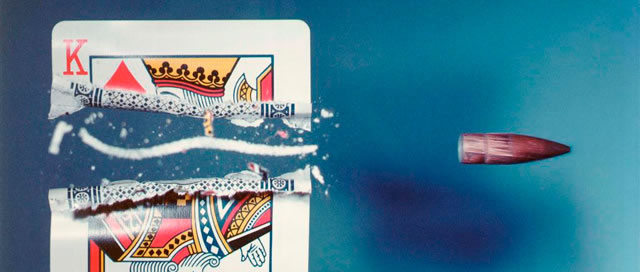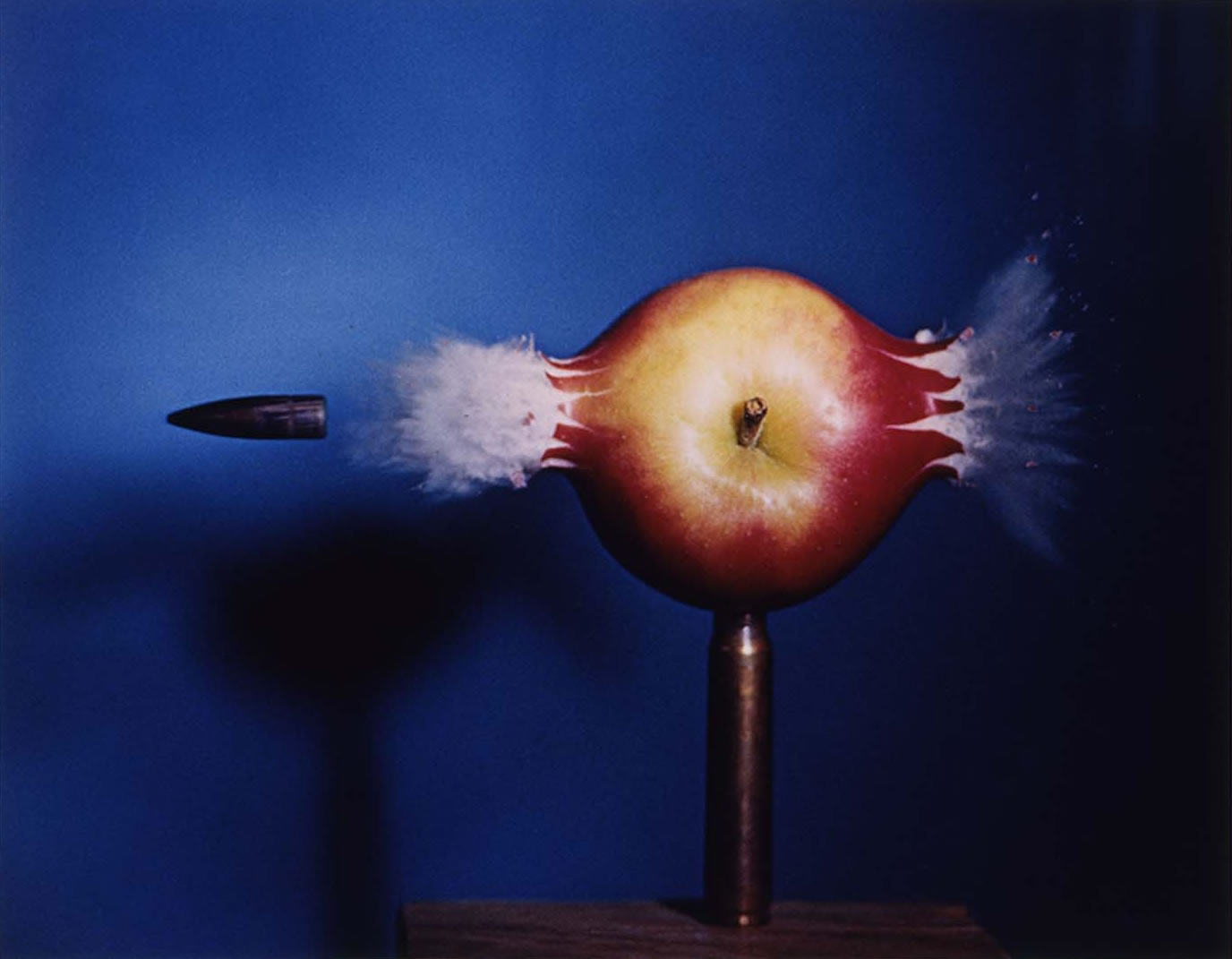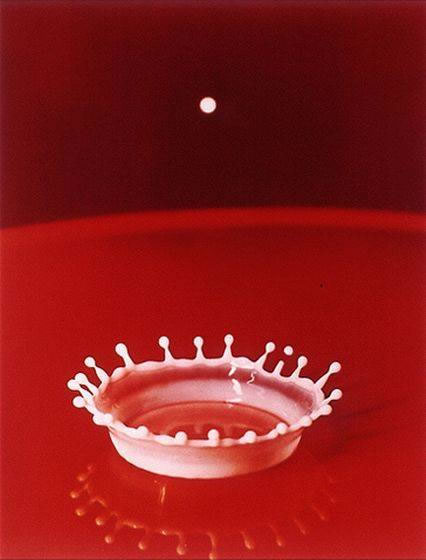Shutter speed is one of the three essential exposure settings.
Exposure | Aperture | Shutter Speed | ISO
If aperture has to do with how big a window is, then shutter speed is how long the window shades are open allowing light into the room.
Let’s be clear what a shutter is.
A shutter is a moveable plane that blocks light from reaching the image sensor — think of it as a door that is usually closed, but opens very briefly to allow light in, then closes again. You could also think of a shutter as window curtains that open and close quickly — and aperture, then, is the size of the window. The shutter can be timed to allow more or less light in — if open briefly, very little light gets in. If opened for a longer time, more light enters. This open period is known as the shutter speed. The shutter speed is how long the curtains stay open.
Shutter speeds may range from B - 1/1000 or faster.
A measurement of 1/XXX denotes a fraction of a second (eg. 1/60 is one sixtieth of a second; ½ is 0.5 seconds).
Note that a "fast shutter" or "fast shutterspeed" is a very short duration — as 1/500th of second, or 1/2000th of a second. The shutter opens and then closes very fast.
A "slow shutter" is a long duration of being open — 1/60th of a second is considered slow, particularly if you're not using a tripod. 1/2 second or 2 seconds would usually be considered very slow shutterspeeds, or long exposures.Above is high speed video of a shutter opening and closing.
Before you see the horizontal panels of the shutter slide downward, you first see the mirror flip up. When the mirror is up, you cannot see through your viewfinder, and light can pass from the lens to the shutter and then through, to the image sensor.The “B” represents "bulb" or an “open shutter”. The duration that the shutter is open is determined by the photographer — you press the shutter button once to open the shutter, keep holding it down, and when you finally release the button, the shutter closes. This is the setting that is used for nighttime photography. It is up to the photographer to open and shut the shutter, usually by hitting the shutter release button once to open the shutter, then again to shut it. An external shutter release is usually used on long exposures in order to remove the need of touching the camera and possibly moving it in the least amount
The more light that reaches the sensor, the lighter the image will be.Cambridge Photography on Shutterspeed | All Things Photography on Shutterspeed | Shutterspeed Intro article |
How do I decide?
All Things Photography — Selecting Shutterspeed |
Imagemaker Priorities: Determine whether you want to “freeze” motion – eliminating motion blur. If so, you need a shutter speed that is fast enough (brief enough) to freeze whatever actions are present in your scene. You might be able to freeze grandpa sitting in an armchair at 1/30 of a second. A basketball game at 1/250. The wheels of an auto on the highway at 1/2000. Maybe.
Imagemaker Priorities: Do you want to soften motion, creating blurred or continuous forms?
If so, you need a slow shutter speed that allows subject matter to move while the shutter is open.
The typical example is a waterfall or a running stream:
...at 1/250 you can freeze most splashing, spraying water.
...at 1/60 you may be some soft edges on moving water.
...at 1/4second, you will see a blur.
..between 1/2 second and 2-second exposures, you can get varying degrees of soft, misty-looking motion.1/60 or maybe 1/30 of a second are the slowest speeds you can expect to handhold — that is, shoot without a tripod. At still slower shutter speeds, you’ll need a tripod to avoid image blur from camera motion.
How do I set Shutter Speed?
(podcast) The Art of Photography (Ted Forbes): Episode 8 :: Shutter Speed
Shutter speeds are one of the three key exposure controls on your camera.
Continuing the filling-the-bathtub analogy in the Aperture podcast, if Aperture is how open the faucet is, then shutter speed is how long you keep the faucet running. The longer the shutter is open, the more light “fills” the image – making it lighter and lighter until it is overexposed.
Shutter Priority Mode (S or Tv)
Tells the camera that you want control over the shutter speed – the camera will then select the aperture automatically.High Speed Photography (Flickr Group) | Stopping Time (Flickr Group) | Long Exposure Photography (Flickr Group) | Waterfalls | Long-Exposure Water Tactics
What Shutter speed do you need for these images?
If "fast", how fast? 1/125 sec. 1/250 1/500 1/1000 1/2000 1/4000
If "slow", how slow? 1/60 sec. 1/15 1/8 1/2 1 second 2 sec. 30 sec. 10 minutes 3 hours
alt1 | Adorama tutorial on shooting Fireworks |
Digital Photography 1 on 1: Episode 15: Panning
adoramaTVPanning involves "following" a moving subject and allowing the background to motion-blur.
Deserted Freeway: Ep 211
adoramaTVUsing Neutral Density (ND) filter and a slow exposure to "vanish" moving subjects. (try similar tactics at night to build streaking-light images.)
________________________________Long Exposure Fine Art Photography
Sharon TenenbaumThis video explains nothing (sorry) but shows a series of very-long-exposure nature shots. Note the soft motion blur of the sky, and the soft glazed look of water.
The technique used is somewhat similar to the "Deserted Freeway" tactics... only the exposures are much longer... from a few seconds to 15 minutes or so.
_________________________________Long Exposure Waterfalls, etc. Part 1 | Part 2
James BeltzThis podcast discusses exposure issues relevant to very slow shutter speed images.
_________________________________High-Speed Photography Tutorial with Splashs and Flashes
PhotoExtremist (5.26)
An interesting demonstration of very specialized image problem— objects splashing into water.
He creatively uses some inexpensive objects to get impressive images.
Compare this setup to Edgerton's 1964 image of a speeding bullet.
Beyond Shutterspeed — Edgerton High Speed Photography
"Harold Eugene "Doc" Edgerton was a professor of electrical engineeringat the Massachusetts Institute of Technology. He is largely credited with transforming the stroboscope from an obscure laboratory instrument into a common device." (WikiP)
See notes on the MIT Short Course on high speed photography.
The images below are Edgerton's or his students'. They freeze motion, not by an ever faster shutter speed, but by using an intense but very brief burst of light to illuminate the scene at precisely the right instant.
More Edgerton images
